Turnips are great for any garden, and you can use companion planting to help them grow even better. Permaculture Research Institute describes companion planting as “A gardening method which makes use of the synergistic properties found in nature: cooperation between plants to achieve optimum health and viability.”
Companion planting brings long-term soil stability, harmony, color, and diversity to the homestead garden. Companion plants offer shade and shelter, repel crop-destroying insect pests, and enhance garden soil with essential nutrients.
Additionally, companion plants improve the flavor of nearby vegetables, attract beneficial pollinators, reduce the need for chemical-based herbicides and pesticides, and helps retain soil moisture.
Turnips Are Terrific Companions
Turnips are natural aphid repellents, protecting a wide variety of garden crops that are vulnerable to aphid invasion. Squash, tomatoes, celery, cabbage, broccoli, Brussels sprouts, beans, onions, garlic, lettuce, Swiss chard, spinach, cauliflower, and radishes all flourish when planted interspersed with turnips.
Turnips are “best buddies” with nitrogen-fixing peas. Plant turnips around the base of supports or trellises for sweet peas and pole beans.
To keep rabbits, deer, rodents, and insects from nibbling on tender turnip leaves, plant turnips near strongly scented herbs such as rosemary, basil, thyme, horehound, borage, hyssop, lavender, and all varieties of mint.
While mint is one of the most effective herbs to repel plant predators, it can be invasive and is best potted in containers to prevent it running rampant through the garden.
When planting, consider surrounding the turnip patch with vetch, which enhances the soil with essential minerals and helps control common weeds.
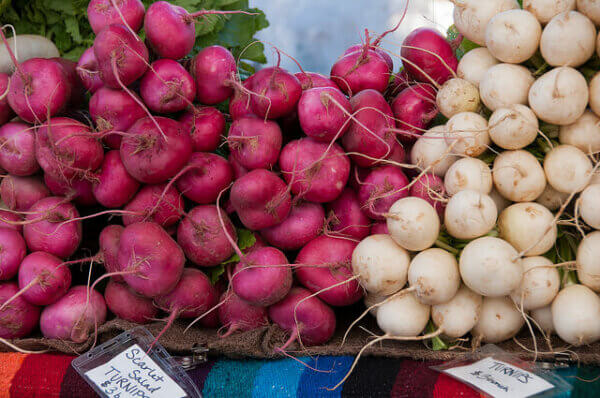
Keep in mind companion planting is not an exact science, but rather one that is developed by trial and error. When establishing a rural or urban homestead garden, it is helpful to make note of how you group plants in the garden and which ones were most beneficial to each other. Do not plant turnips near other root crops such as parsnips, carrots, potatoes, or beets because they compete for the same nutrients in the soil.
All About Turnips
A cool-weather biennial cultivated as an annual, the turnip (Brassica rapa subsp. rapa) presents bold green leaves and a white-skinned, bulbous taproot or tuber. The entire turnip plant is edible. The turnip is a highly nutritious vegetable experiencing new popularity with homestead gardeners.
The plant is either grown as a root vegetable or for the flavorful and highly nutritious green leaves. Baby turnips, the turnips that have yet to develop their brightly colored tops, look somewhat like a large, white spring radish. Baby Bunch turnips are a variety that is harvested and enjoyed when they are only about the size of marbles.
There are many unique varieties of turnip presenting a diverse palette of color and taste. Favorite varieties include white, pink, and purple top turnips. Turnips are classified by shape: flat-bottomed, globular, or elongated. The most common type of turnip is the European type known for its firm white flesh and violet-tinged top. Did you know that there are more than fifty different varieties of turnips?
Turnip roots may be boiled, steamed, stewed, roasted, deep-fried, pickled, or served raw. Try turnips mashed half and half with new potatoes and a generous dollop of butter. Grated or diced, raw turnips will also add flavor and crunch to sandwiches and salads.
Turnip greens are served lightly steamed or chopped fresh in salads and salsa. The tender young greens add a sweet and spicy wallop of mouth-watering flavor.
Adding A Turnip Patch
Fast-growing turnips grow well in all parts of the United States. Turnips, because they are root vegetables, are not damaged by a diverse array of insects that attack above soil vegetation.
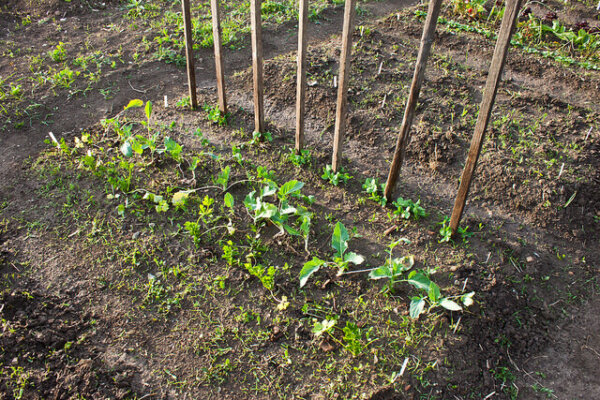
Purdue University Extension Service notes, “Turnip is a cool-weather crop and well adapted for the northern parts of the United States and Europe and for Great Britain and Canada. However, truck-growing areas of the South also produce turnip roots and greens in all seasons for human consumption.”
Growing Guide
Turnips are humble tubers that are easy to grow. Turnips thrive in a full-sun location with well-drained, nutrient-rich soil. Experienced turnip growers suggest amending the soil before planting with generous amounts of well-aged herbivore (cow, horse, goat, sheep) manure. Work the soil well, incorporating manure while removing rocks and roots.
Turnip growing experts advise, “Avoid using fresh manure. Turnips are not very keen on this because it brings up the nitrogen content of the soil making the roots taste too strong.”
- Turnips do best in garden soil with a pH of 5.5 to 6.8. The pH level of garden soil can be checked with a pH test kit available online or from local garden centers. You can also take a soil sample to your county extension office for testing. Amend pH levels as recommended.
- Work the soil well before planting. The texture should be mealy, moist, and crumbly. An addition of organic, well-aged compost improves nutrient content and texture of the soil to ensure a bountiful harvest.
- Plant turnip seeds directly in the garden 3-4 weeks before the last frost of spring. Once the soil warms to at least 40 degrees Fahrenheit, seed germination occurs in a week to ten days. A fall planting of turnips often provides a sweeter and longer harvest. For a fall harvest, sow seeds in mid-summer, at least two months before the first frost.
Identifying Turnip Varieties
- Purple Top White Globe: large white turnip with purple markings.
- Tokyo Cross: all white hybrid turnip.
- Scarlet Queen: red-skinned turnip with firm, white flesh.
- Golden Globe (also known as Orange Jelly): sweet, bright orange root and sweet greens.
- Amber Globe: golden yellow flesh, sweet taste.
- Manchester Market: white turnip with yellow-green top, flourishes in United States Plant Hardiness Zones 2 through 6.
Planting Turnips
Plant turnip seeds in even rows spaced 18 to 24 inches apart. Cover seeds with about a half-inch of soil. As seedlings develop, thin plants to about four inches apart. When seedlings are well-established and about six inches tall, apply a heavy layer of organic mulch to the soil surface to retain moisture and control weeds.
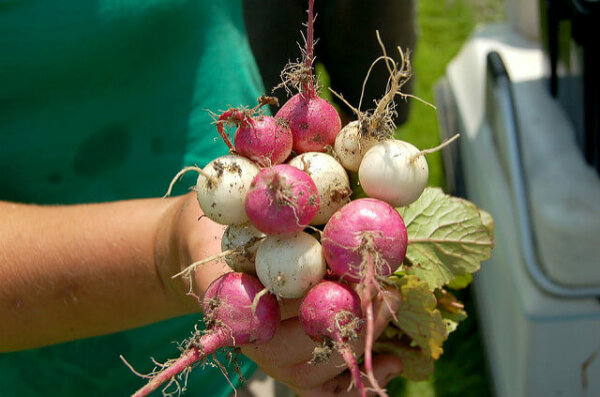
For the sweetest and most flavorful turnips, keep the soil uniformly moist. Do not allow the soil to dry out. Turnips require at least one inch of water per week. Make sure the soil is well-drained. If the soil is soggy with standing water, turnip roots will rot. Be patient, turnips require 50 to 60 days to reach maturity.
Turnip Harvest And Storage
Harvest by digging or pulling. Fresh, tender leaves can be trimmed off the plant at any time. Prep, cook, and season turnip greens as you would fresh spinach.
Turnip tubers will store in the refrigerator crisper for up to six weeks, or you can store turnips as you would beets or potatoes in a root cellar for winter consumption.
TurnipRecipes.co.uk offers a treasure chest of turnip recipes, including my favorite recipe for turnip wine.
References
- Turnips, Purdue University Extension Service
- Companion Planting Information, Permaculture Research Institute
- Turnip Wine, Turnip Recipes

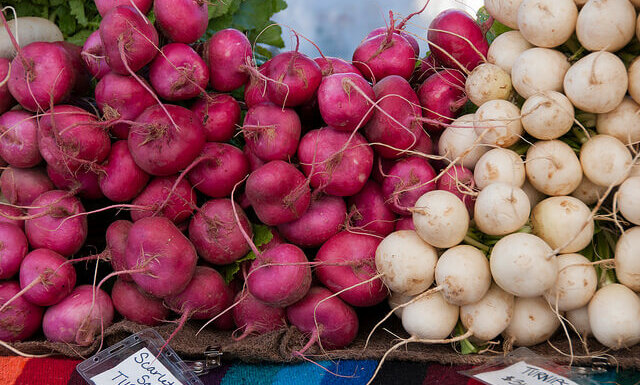


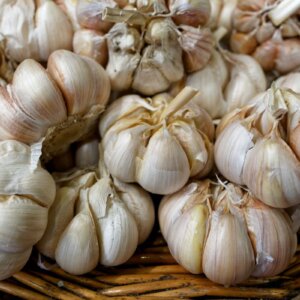


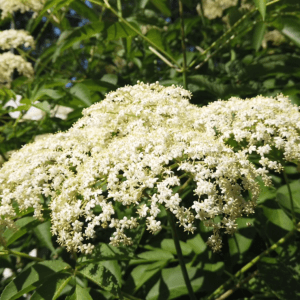

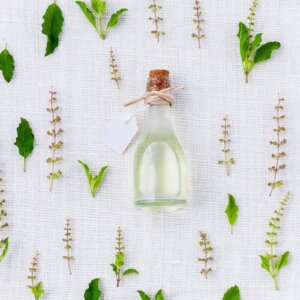

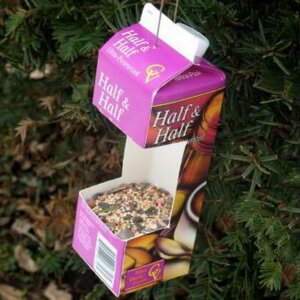

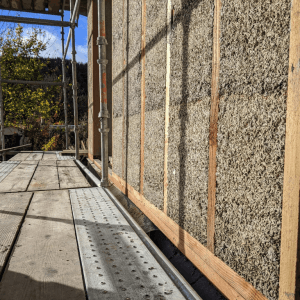

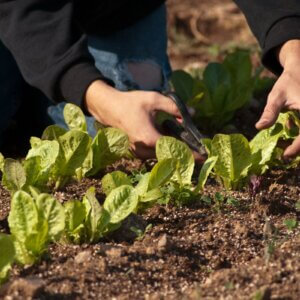


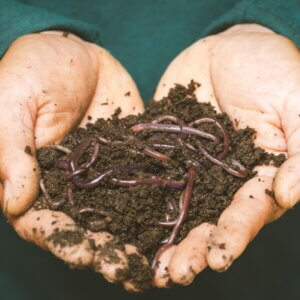


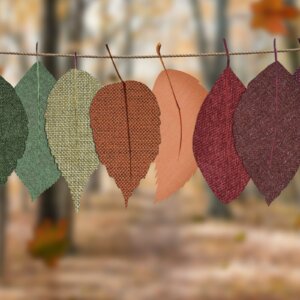



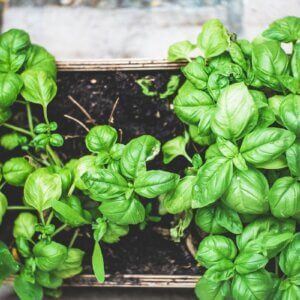
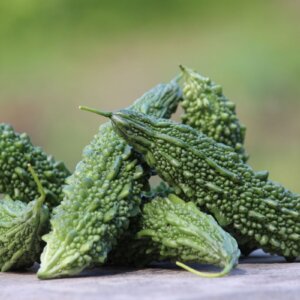


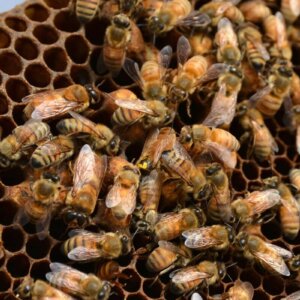
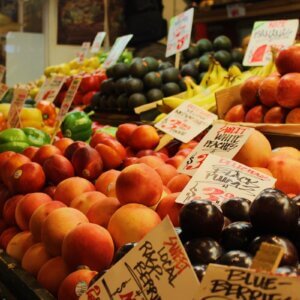

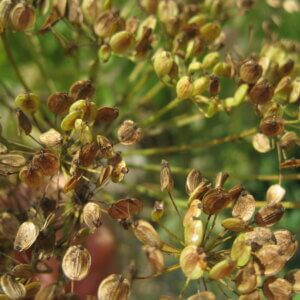



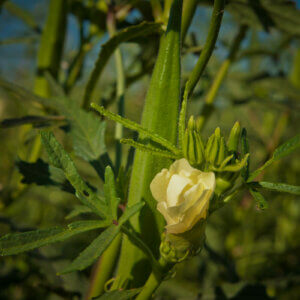
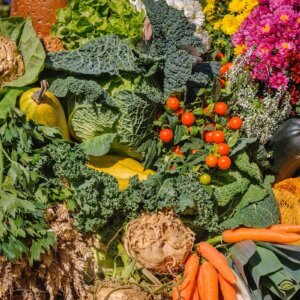


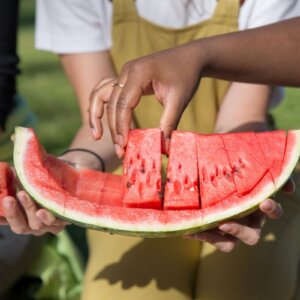

Thanks for the info about turnips!
I actually have a few (zone 5B) that survived the winter and already are producing some serious greens (early April). I put a blanket of leaves (larger ones like oak) to keep the turnips, kale and collards warmer (imho) during the winter.
I am hoping mostly to eat the greens of the trunips, and that the turnips go to seed and continually replant themselves in the future! I’m hoping to do the same with collards, kale, garlic, beans and carrots, too!
While I realize this might mean keeping the same crops in the same spaces, my hedge against not rotating crops is to really mix all the different plants up, so it’s more like a giant bed of kale, cabbage, garlic, collards, turnips, etc (maybe beans/peas – but not too near the garlic 🙂
Already the mustard greens, garlic chives (I believes) and the lemonbalm are reseeding themselves, so I’m just hoping to add to the mix.
All the best!
No offense but you gave almost zero information on why turnips would be great for each particular plant. In an article about companion planting, that’s a huge fail, IMO.